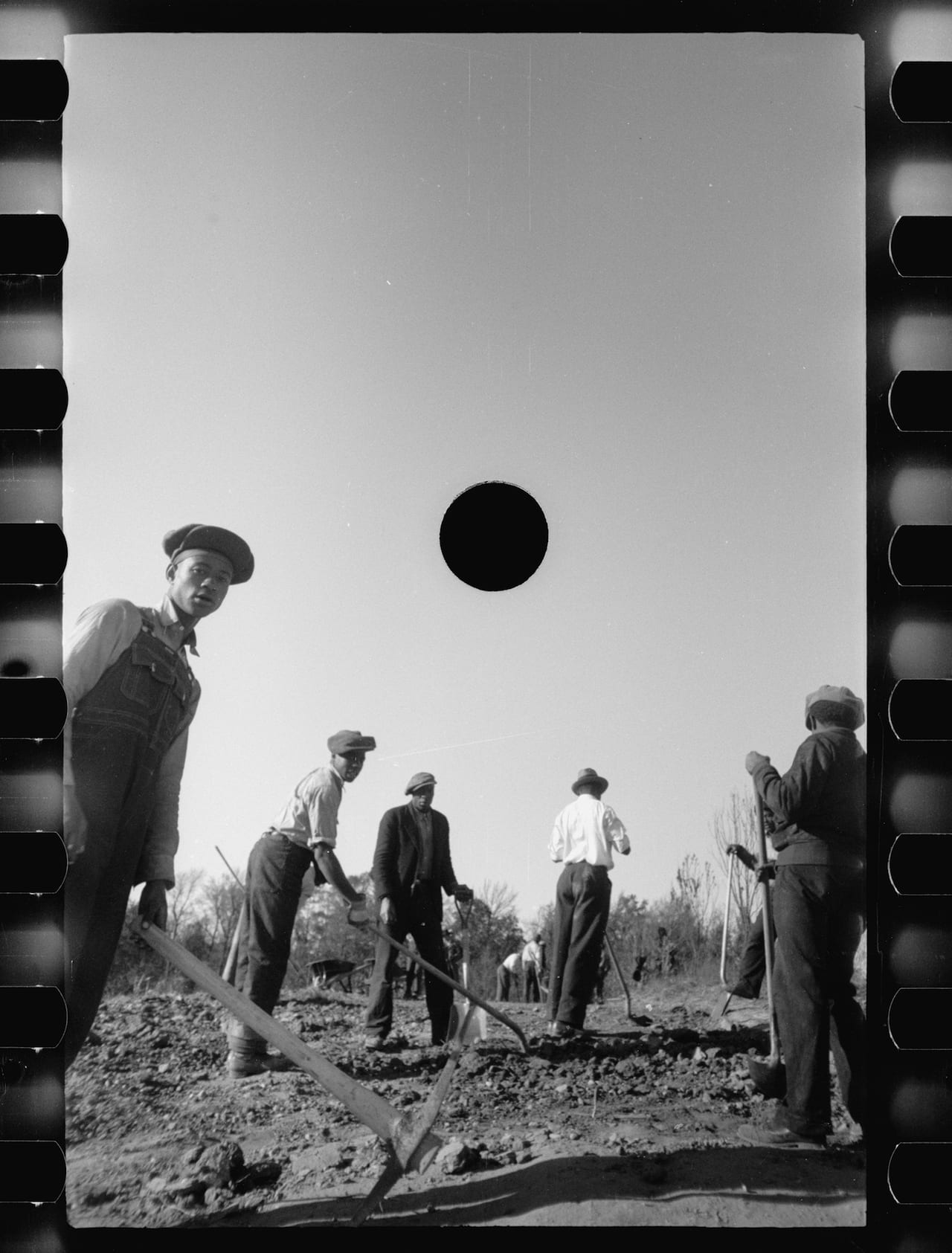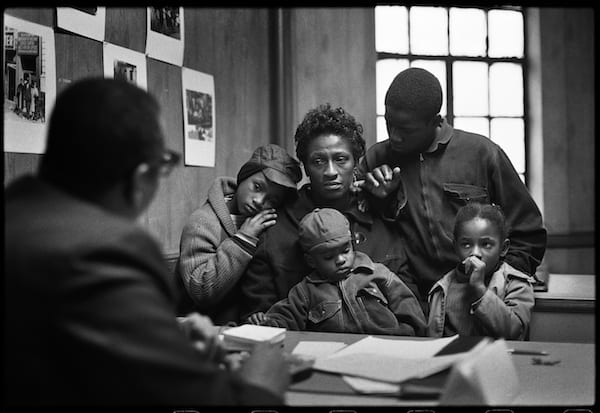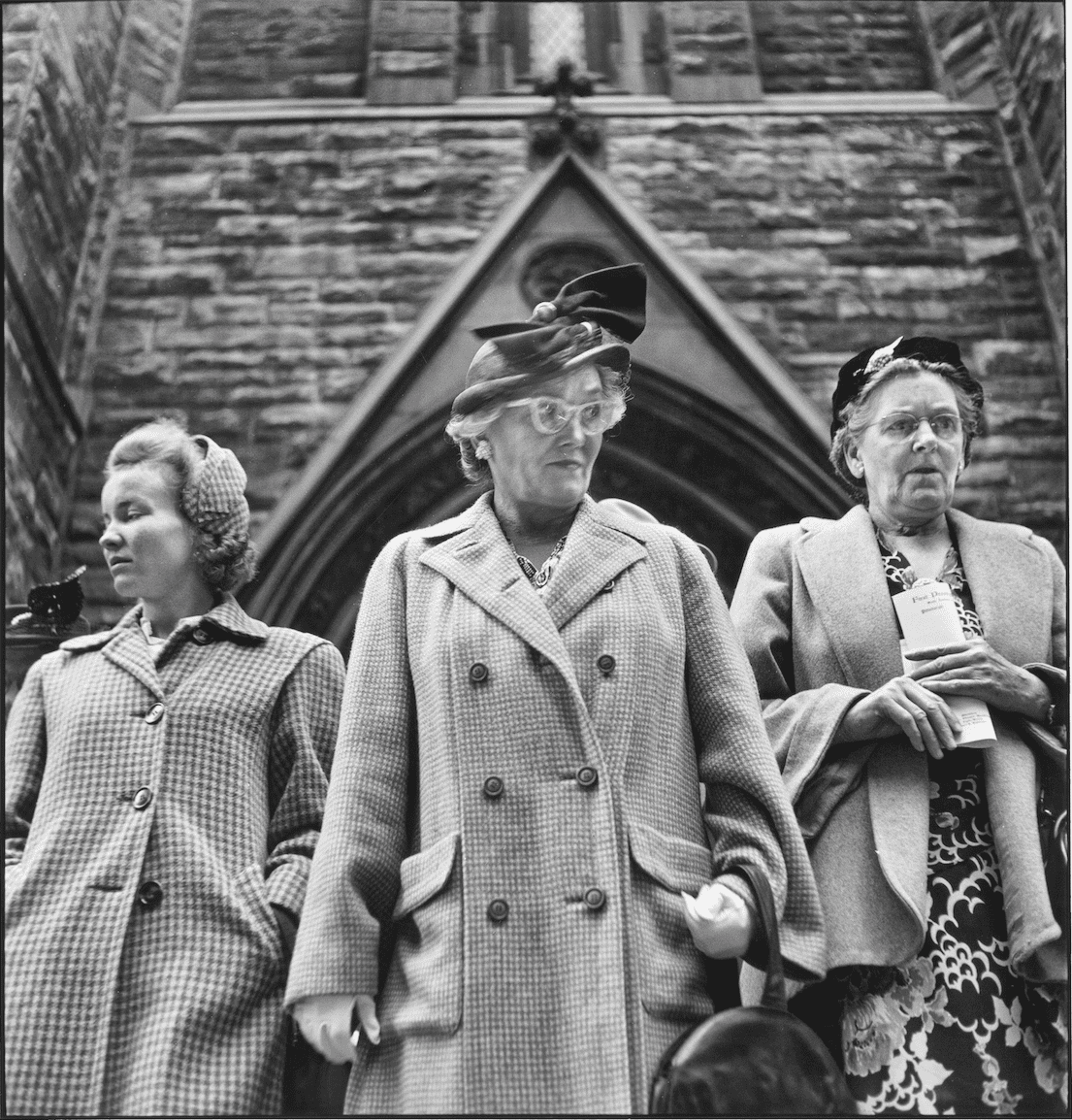In 1935 Roy E. Stryker, head of the Information division of the Farm Security Administration (FSA), commissioned several photographers – including Walker Evans, Dorothea Lange and Russell Lee – to document America’s farm life and workers. The USA was in the throes of the Great Depression, and the scenes that the image-makers captured, from 1935-1944, created a damning and lasting vision of destitution. Lange’s 1936 portrait of the so-called Migrant Mother became a symbol of the plight of the impoverished itinerant farmers, for example – and, for Stryker, summed up his entire project at the FSA. “She has all the suffering of mankind in her but all of the perseverance too,” he reportedly said. “A restraint and a strange courage. You can see anything you want to in her. She is immortal.” As Stryker’s words suggest, he had a very particular vision of what he wanted to achieve with these photographs. Images that did not fit in with that vision were ruthlessly “killed” – rendered unpublishable by having a hole punched through the negative. Thousands of photographs were defaced in this way, in an act of censorship that has since been described as vandalism.



